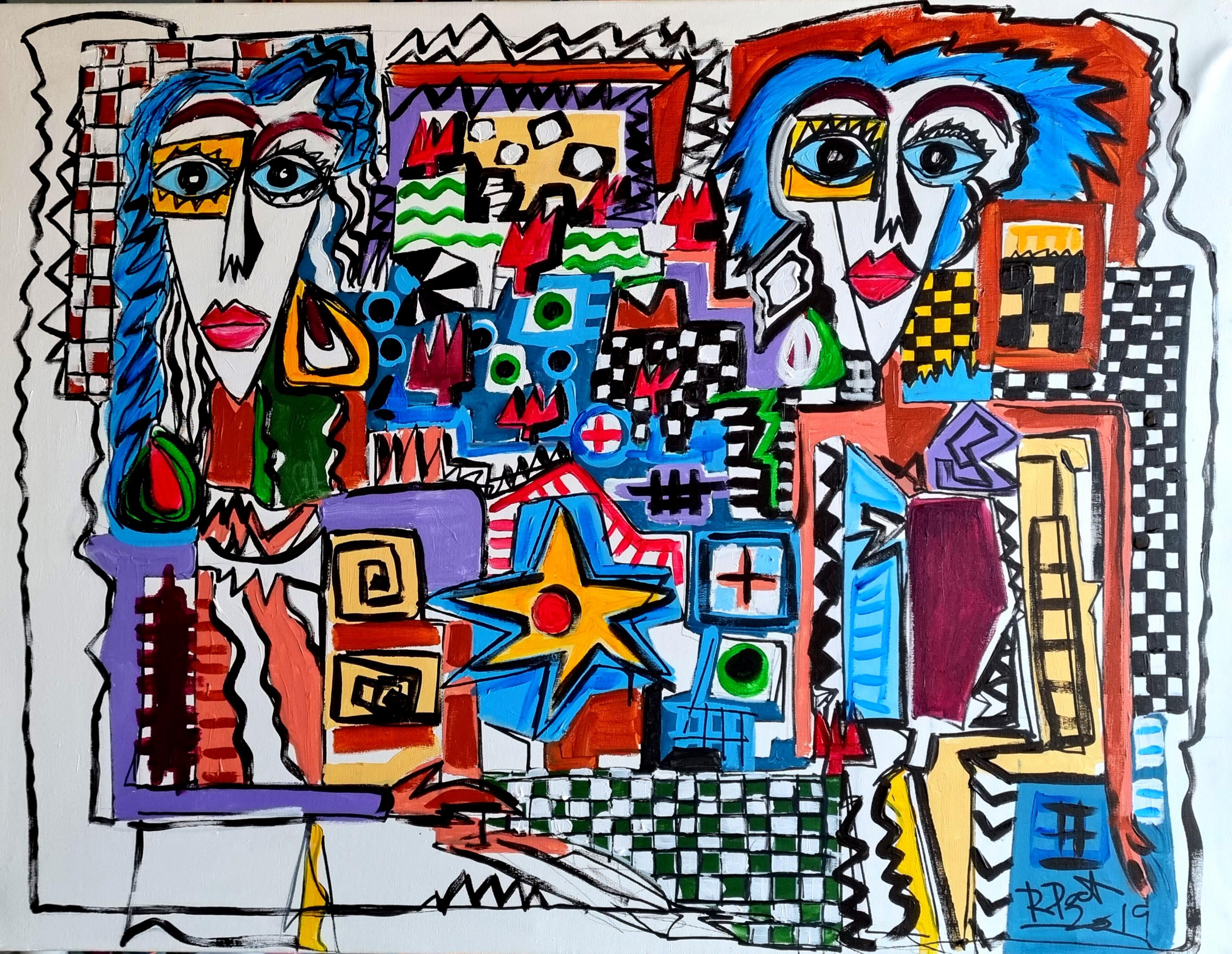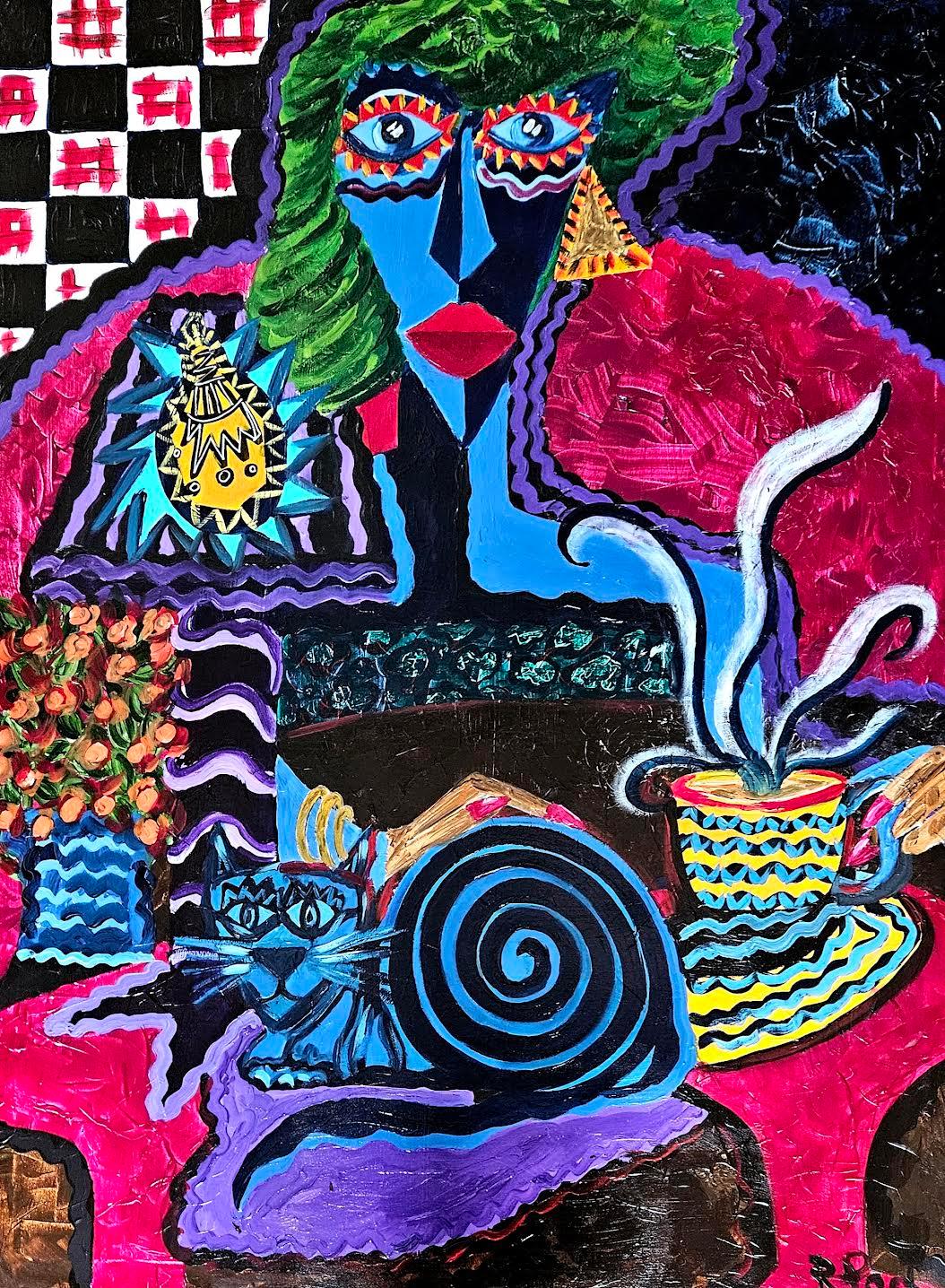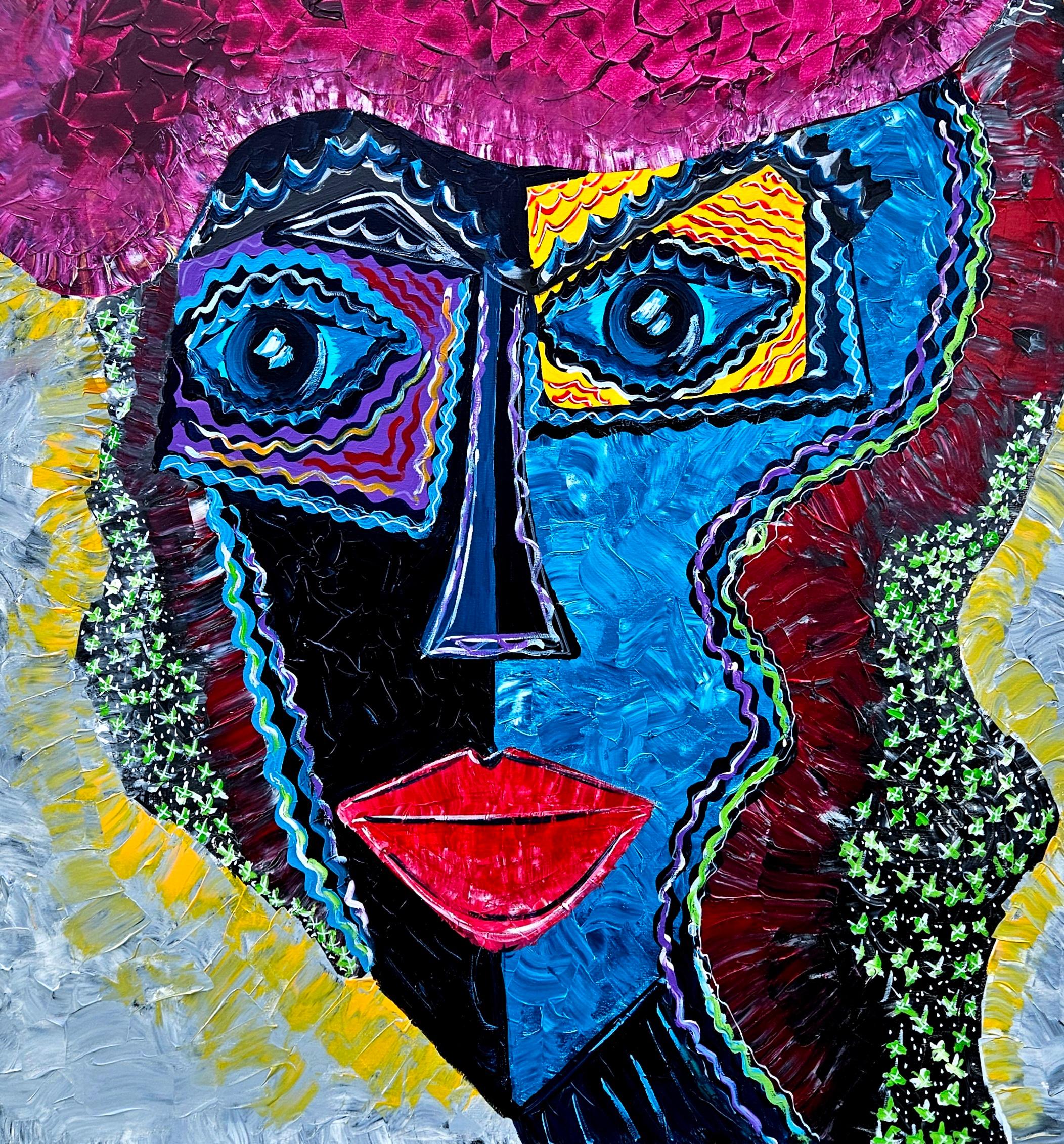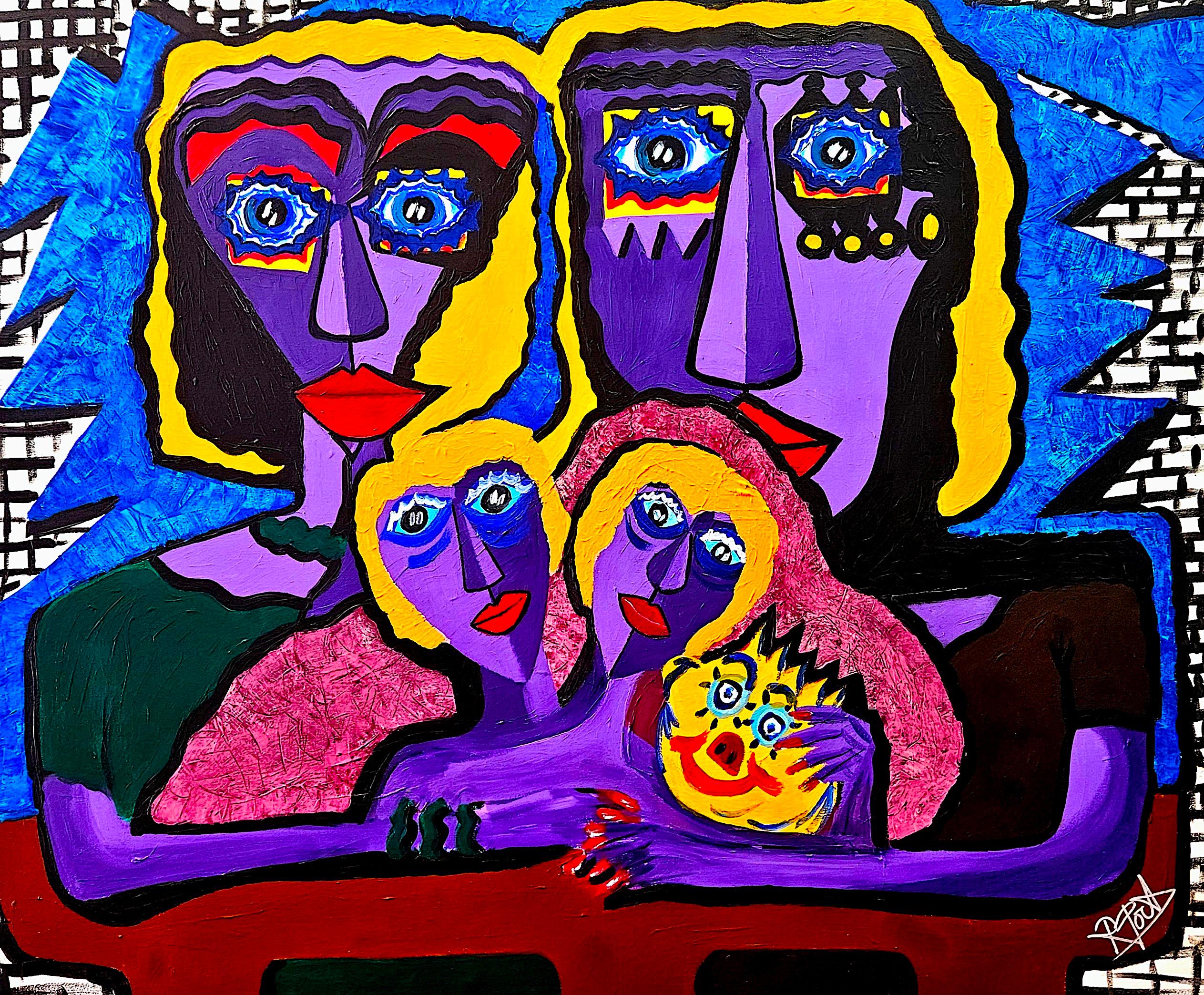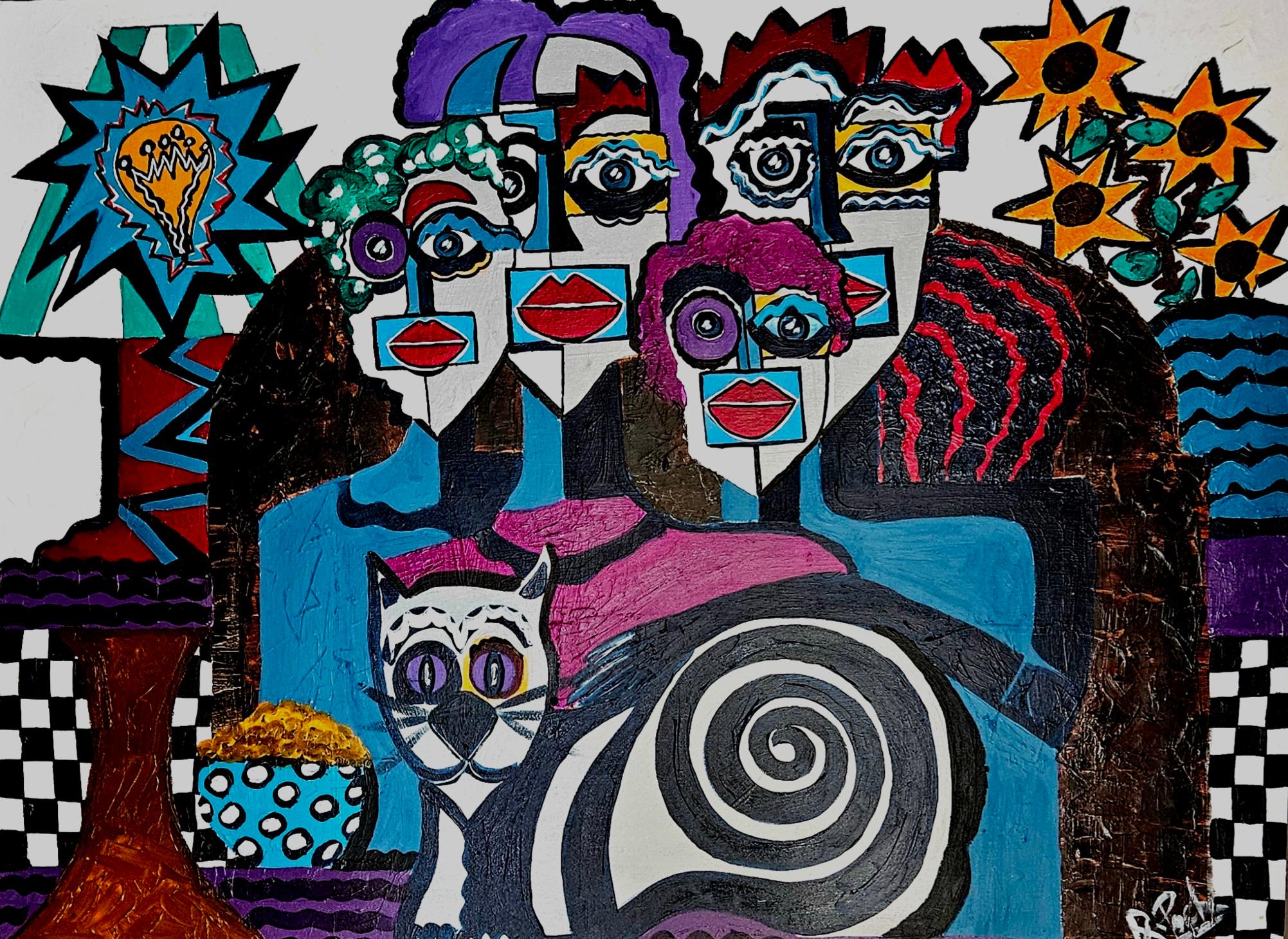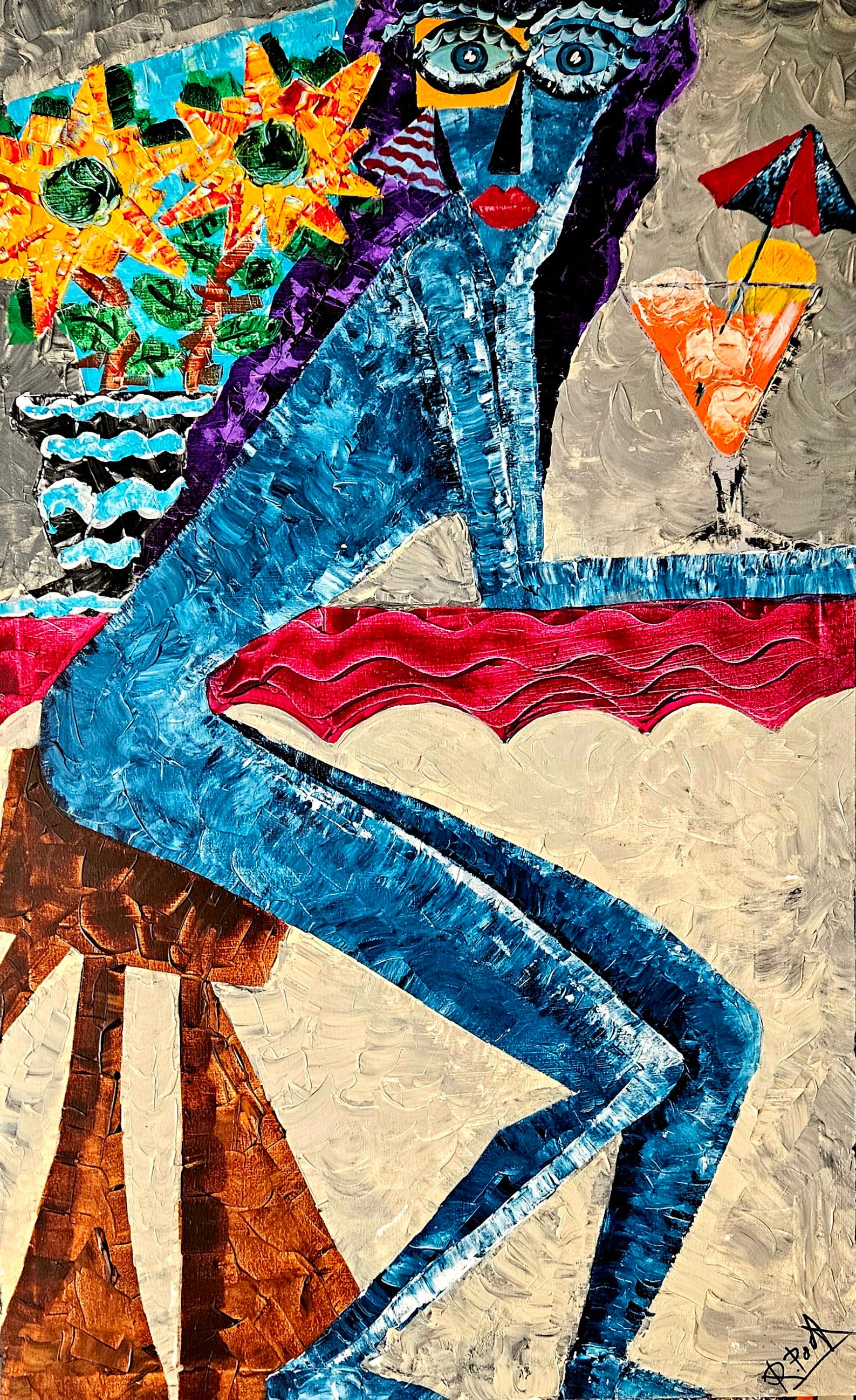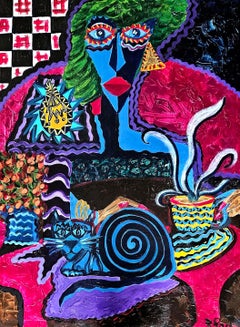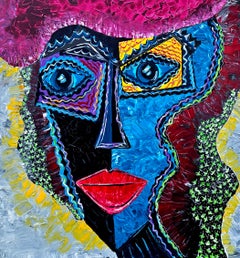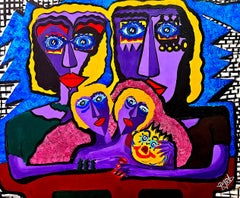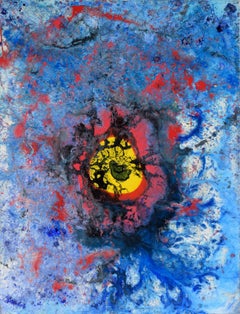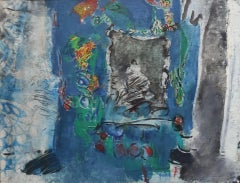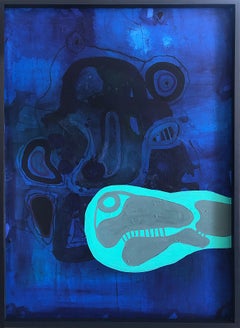Items Similar to R. Poch. Azules original acrylic painting
Want more images or videos?
Request additional images or videos from the seller
1 of 11
Ramon PochR. Poch. Azules original acrylic painting2024
2024
$2,500
£1,901.14
€2,192.87
CA$3,502.04
A$3,919.48
CHF 2,046.58
MX$47,817.86
NOK 25,978.64
SEK 24,652.13
DKK 16,375.34
Shipping
Retrieving quote...The 1stDibs Promise:
Authenticity Guarantee,
Money-Back Guarantee,
24-Hour Cancellation
About the Item
original acrylic painting
Born in Badalona (Barcelona).
Photographer and advertising film director.
Founding partner of the advertising production company La Cosa de las Peliculas:
He has directed commercials for the best national and international brands, specializing in animation with live image.
He has shot with almost all animated mascots of the different brands in the market.
He was the first director in Spain who directed such popular characters as Quicky (Nestle) and Smacks (Kellogg’s), as well as other commercials with animation for Danonino, Raid, Pescanova, Yoco, Tony the Tiger (Kellogg’s) …
In his reel we could find from the most infantile ads like those of Danone, Smacks … to others targeted to the adult audience, passing through Nesquik’s teenage audience, with a more aggressive aesthetics that allowed a greater degree of experimentation in animation .
He stopped directing to devote himself to executive production at the service of the company he founded and directs.
Painting is still one of his vocations.
- Creator:Ramon Poch (Spanish)
- Creation Year:2024
- Dimensions:Height: 25.6 in (65 cm)Width: 35.83 in (91 cm)Depth: 0.79 in (2 cm)
- Medium:
- Movement & Style:
- Period:
- Condition:
- Gallery Location:CORAL GABLES - MIAMI, FL
- Reference Number:1stDibs: LU471316411512
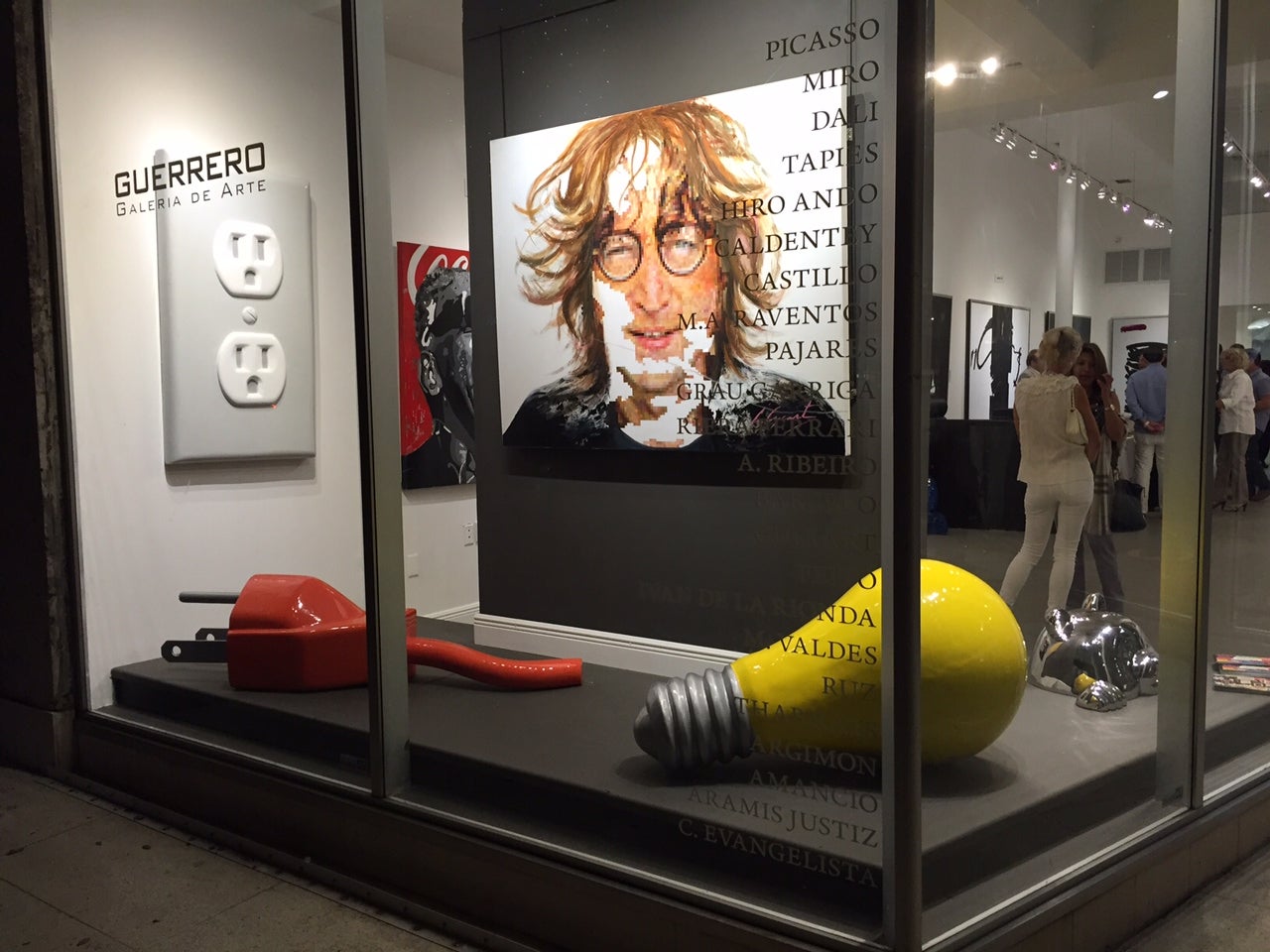
About the Seller
4.8
Gold Seller
Premium sellers maintaining a 4.3+ rating and 24-hour response times
Established in 1980
1stDibs seller since 2016
264 sales on 1stDibs
Typical response time: <1 hour
- ShippingRetrieving quote...Shipping from: CORAL GABLES - MIAMI, FL
- Return Policy
Authenticity Guarantee
In the unlikely event there’s an issue with an item’s authenticity, contact us within 1 year for a full refund. DetailsMoney-Back Guarantee
If your item is not as described, is damaged in transit, or does not arrive, contact us within 7 days for a full refund. Details24-Hour Cancellation
You have a 24-hour grace period in which to reconsider your purchase, with no questions asked.Vetted Professional Sellers
Our world-class sellers must adhere to strict standards for service and quality, maintaining the integrity of our listings.Price-Match Guarantee
If you find that a seller listed the same item for a lower price elsewhere, we’ll match it.Trusted Global Delivery
Our best-in-class carrier network provides specialized shipping options worldwide, including custom delivery.More From This Seller
View AllR. Poch The Kondos original acrylic painting
By Ramon Poch
Located in CORAL GABLES - MIAMI, FL
51.-The Kondos 115 x90 cm original acrylic painting
Born in Badalona (Barcelona).
Photographer and advertising film director.
Founding partner of the advertising production compan...
Category
2010s Abstract Expressionist Abstract Paintings
Materials
Acrylic
R. Poch Felix in blue 131 acrylic painting
By Ramon Poch
Located in CORAL GABLES - MIAMI, FL
130 x 100 cm acrylic painting
Born in Badalona (Barcelona).
Photographer and advertising film director.
Founding partner of the advertising production company La Cosa de las Pelicu...
Category
2010s Expressionist Figurative Paintings
Materials
Acrylic
R. Poch Federika acrylic painting
By Ramon Poch
Located in CORAL GABLES - MIAMI, FL
Born in Badalona (Barcelona).
Photographer and advertising film director.
Founding partner of the advertising production company La Cosa de las Peliculas:
He has directed commercia...
Category
2010s Abstract Expressionist Abstract Paintings
Materials
Acrylic
R. Poch. Gemelos original acrylic painting
By Ramon Poch
Located in CORAL GABLES - MIAMI, FL
original acrylic painting
Born in Badalona (Barcelona).
Photographer and advertising film director.
Founding partner of the advertising production company La Cosa de las Pelicula...
Category
2010s Abstract Expressionist Interior Paintings
Materials
Acrylic
R. Poch Retrato Familiar original acrylic
By Ramon Poch
Located in CORAL GABLES - MIAMI, FL
Retrato Familiar 100x130 cm original acrylic painting
Born in Badalona (Barcelona).
Photographer and advertising film director.
Founding partner of the advertising production compan...
Category
2010s Abstract Expressionist Abstract Paintings
Materials
Acrylic
R. Poch Maria in blue original acrylic painting
By Ramon Poch
Located in CORAL GABLES - MIAMI, FL
original acrylic painting
Born in Badalona (Barcelona).
Photographer and advertising film director.
Founding partner of the advertising production company La Cosa de las Peliculas...
Category
2010s Abstract Expressionist Abstract Paintings
Materials
Acrylic
You May Also Like
"Only in the Blue Night" Expressionist Composition in Acrylic on Canvas
Located in Soquel, CA
"Only in the Blue Night" Expressionist Composition in Acrylic on Canvas
Bold abstract composition by California artist Charles "Dave" Francis (American, 1951-2018). A bright yellow ...
Category
Late 20th Century Abstract Expressionist Abstract Paintings
Materials
Canvas, Mixed Media, Acrylic, Stretcher Bars
Large figure Yankel Contemporary painting figurative art blue portrait oil paint
By Jacques Yankel
Located in Paris, FR
Oil painting on canvas
Unique work
Hand-signed lower right by the artist
Category
1980s Contemporary Figurative Paintings
Materials
Canvas, Oil
AZULES 2. Mixed media Abstract painting on Canvas
By Alec Franco
Located in Miami Beach, FL
DNA is genetic information, hidden and encrypted in body fluids. Veiled data that we load, that we do not know and that someone knows how to decipher. Such specifications characteriz...
Category
2010s Abstract Abstract Paintings
Materials
Canvas, Pastel, Mixed Media, Acrylic
Her Blues, Painting, Acrylic on Canvas
By Sheryl Tempchin
Located in Yardley, PA
Abstract expressionist painting on gallery wrapped canvas with painted edges. Ready to hang. :: Painting :: Abstract :: This piece comes with an official certificate of authenticity ...
Category
2010s Abstract Abstract Paintings
Materials
Acrylic
Ba, Te'er Abstract Original Oil On Canvas "Blue"
Located in New York, NY
Title: Blue
Medium: Oil on canvas
Size: 23.25 x 19.25 inches
Frame: Framing options available!
Condition: The painting appears to be in excellent condition.
Note: This painting...
Category
21st Century and Contemporary Abstract Paintings
Materials
Canvas, Oil
$959 Sale Price
52% Off
Untitled, Acrylic on Canvas, Blue colours by Contemporary Artist "In Stock"
By T. Athi Veerapandian
Located in Kolkata, West Bengal
T. Athi Veerapandian - Untitled
Acrylic on Canvas, 38 x 46 inches
Attained a Diploma of Fine Art (1984-1989) and a Master of Fine Arts Degree at the Government
College of Arts & Crafts, Chennai (1998-2000)
Selected Exhibitions
- T. Athiveerapandian’, The Noble Sage, London (2019); ‘group show Selected Exhibitions
One man Show at ART HOUZ, Bengaluru february(2016) ‘Absence & presence’
One man Show at Dakshinachitra,Chennainovember(2015) ‘Absence & presence’
One man Show at Art Houz(2012)'Further towards nature' - T. Athiveerapandian’, The Noble Sage, London (2015); ‘101 Months of The Noble Sage’ Group
Exhibition, The Noble Sage @ Candid Art Gallery, London (2015); ‘New Works in the collection by
T. Athiveerapandian’, The Noble Sage, London (2013); ‘Further Towards Nature’, Solo Exhibition,
The Noble Sage, London (2009); In the Fore, The Noble Sage, London (2008); ‘Towards Nature’,
Solo Exhibition, The Mint, New Delhi (2008); ‘The Primera Collection’ xia, Bangalore (2008); ‘In the
Fore’, The Noble Sage Art...
Category
2010s Contemporary Abstract Paintings
Materials
Canvas, Acrylic
More Ways To Browse
Used Reels
Figurative Glass Sculpture
Mountain Sculpture
Sex Art
David Best
Miro Lithographs
Famous Etchings
Kennedy Photo
African American Portrait
Black Human Sculpture
1920s Vintage Prints
Picasso Plate Print
Unframed Antique Prints
Vintage Contact Paper
Portrait Of An Actor
Rock Formation
Serigraph Prints Signed
Early Renaissance Art
